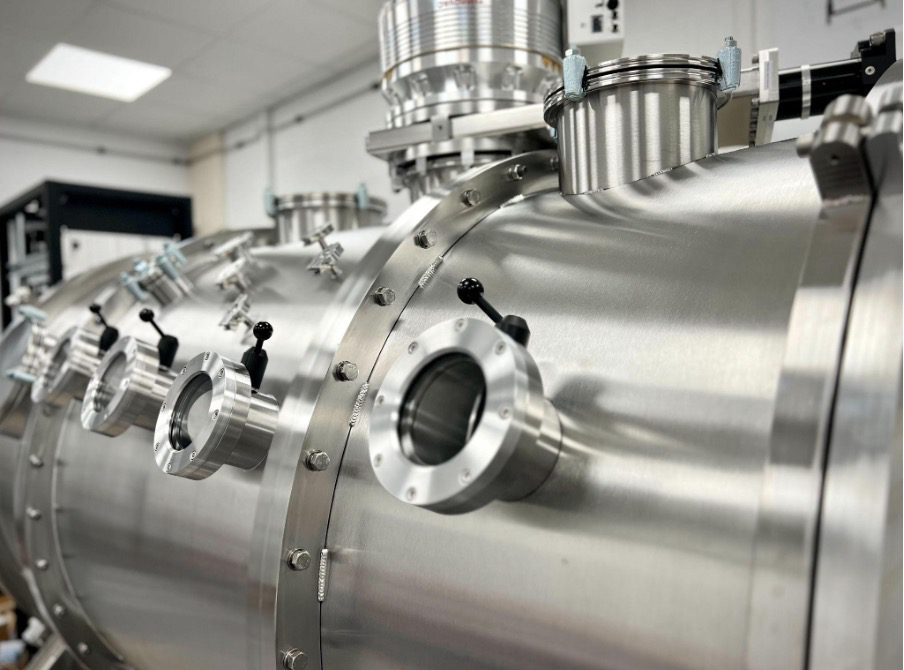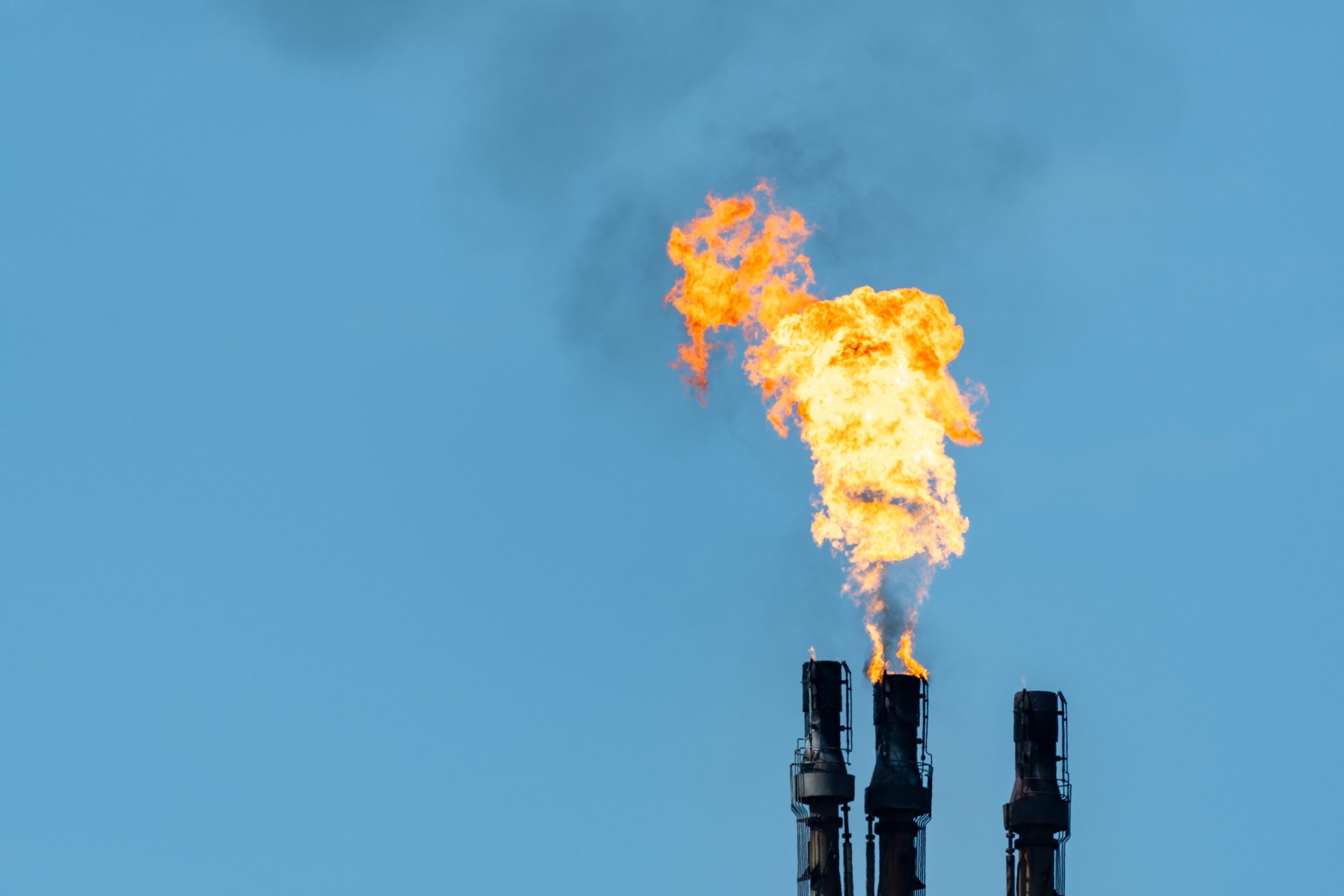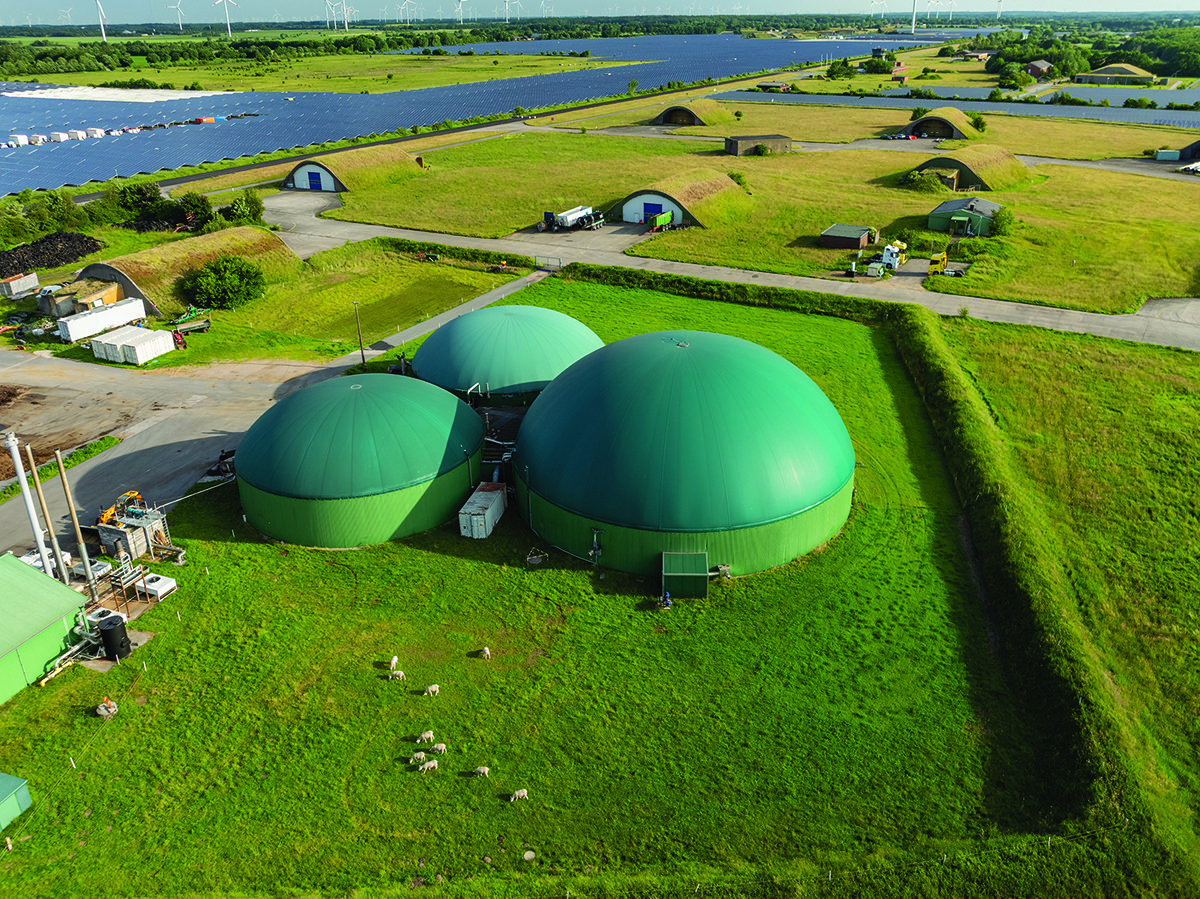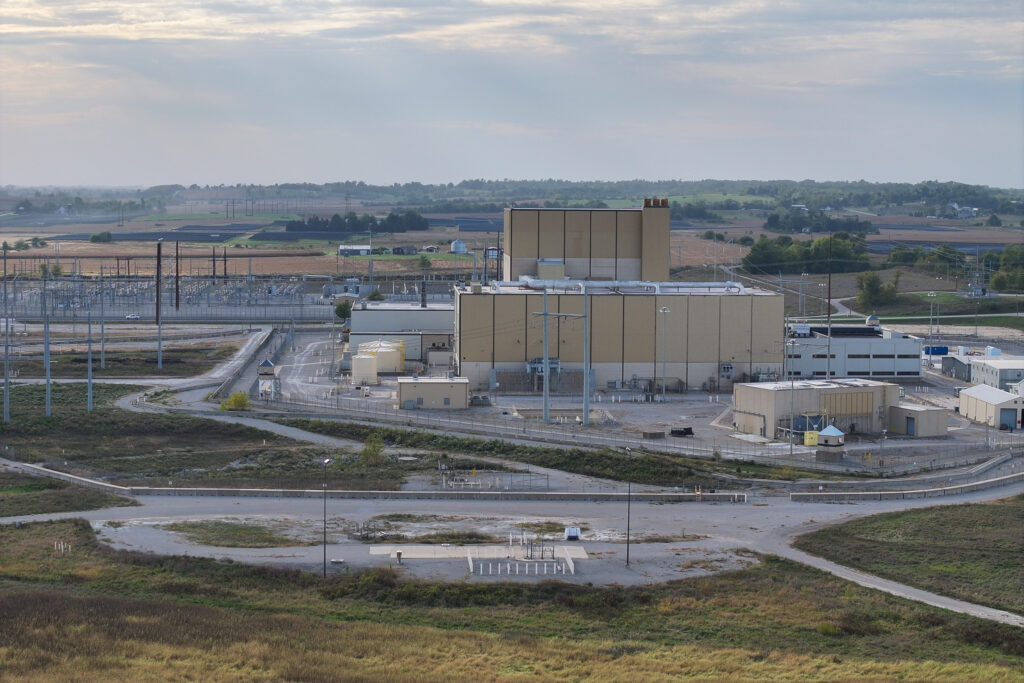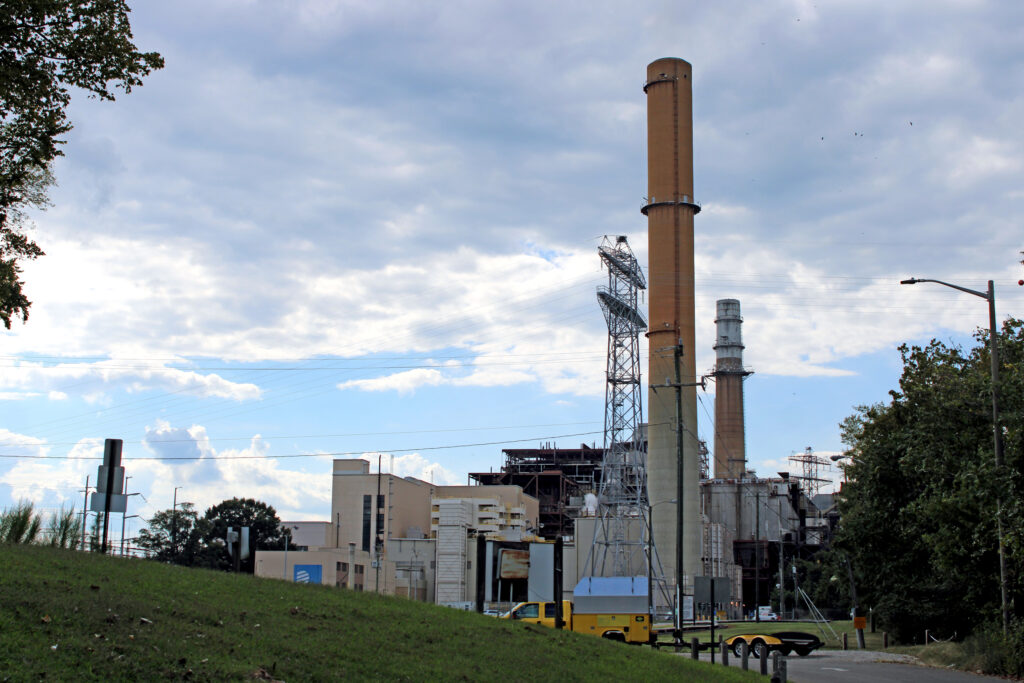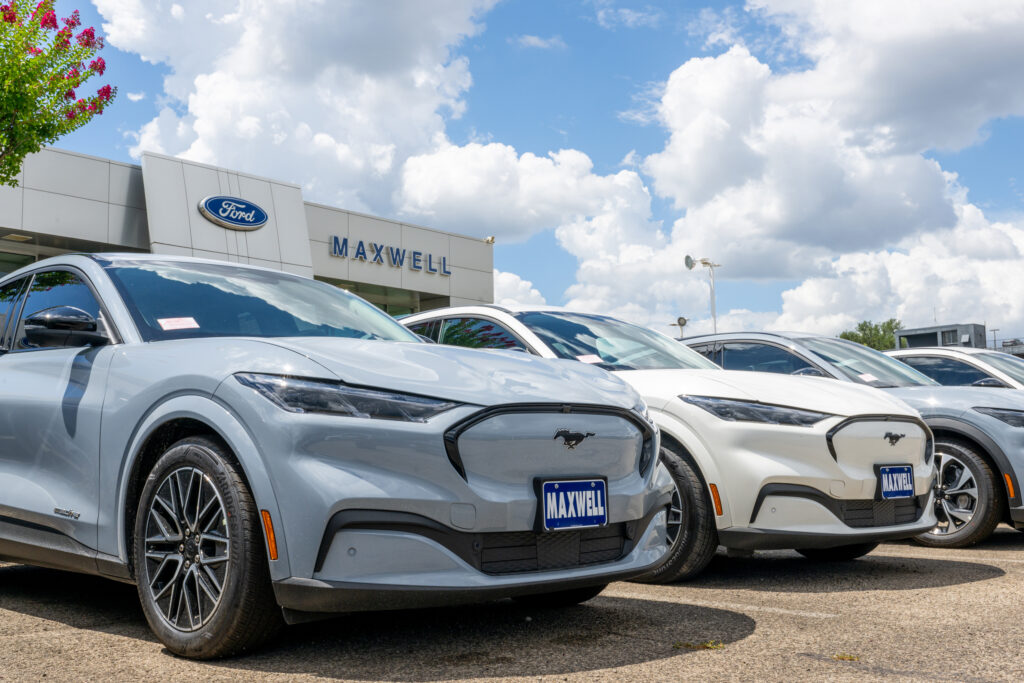The Science Based Targets initiative (SBTi)* is today (21 March) releasing an updated guidance for land vehicles, including a new method for automakers to set 1.5°C emissions reduction targets.
For the first time, this updated guidance aligns automakers’ largest source of emissions – scope 3 category 11 ‘use phase’ i.e. those from driving vehicles – with 1.5°C, and includes a pledge to work towards the phase out of petrol and diesel for cars and vans by 2035 in leading markets including Europe, Asia Pacific, USA, Canada, UK, South Korea and Japan.
“As a major emitter of greenhouse gas emissions and other pollutants, automakers hold a pivotal role in driving the transformation to a net-zero economy and cleaning up the air in our cities,” said Alberto Carrillo Pineda, Chief Technical Officer and Co-Founder of the SBTi. “To address the climate crisis, it is critical that automakers adopt zero-emission vehicles at a pace consistent with limiting global warming to 1.5°C. The updated SBTi Land Transport Guidance reflects the scientific imperative for this critical transformation.”
Automakers are key to global mobility systems and the economy, but are also a major contributor of greenhouse gasses. Private cars and vans were responsible for more than 25% of global oil use and around 10% of global energy-related CO2 emissions in 2022. Diesel and petrol vehicles are also a major source of harmful air pollutants in cities worldwide – an estimated 4.2 million premature deaths were caused by air pollution in 2019 alone.
The new requirements for automakers included in the updated SBTi Land Transport Guidance provide revised criteria to set 1.5°C scope 3 targets for the ‘use phase’ of sold vehicles, covering the emissions of vehicles after they are sold.
Now, when setting science-based targets, automakers should also commit to the international Zero Emission Vehicles (ZEV) Declaration and pledge to work towards the phase out of new Internal Combustion Engine (ICE) cars and vans by 2035 in leading markets, and globally by 2040, or earlier as per local regulations.
“Automakers who commit to the ZEV Declaration and set science-based targets catalyze a transformative shift in the global market, creating a competitive environment that fosters clean and innovative technology,” said Tim Dallmann, Secretariat of the Accelerating to Zero Coalition’s Steering Committee, which runs the ZEV Declaration, and International Partnerships Program Director at the International Council on Clean Transportation. “Signatories join a global community of stakeholders who are collectively working towards an emission-free transportation sector, keeping the goals of the Paris Agreement alive.”
The development of the new criteria for automakers included a public consultation process. The updated Land Transport Guidance is an interim step towards an SBTi standard for automakers. It includes a rationale for the 1.5°C target-setting method for automakers and a summary of the criteria for other land transport activities already covered in the guidance that remain unchanged.
Developing a new automotive standard
The revised criteria for automakers is a minor update to the SBTi Transport Guidance released in 2018, intended to harmonize existing sector-specific guidance with the SBTi’s current criteria.
As a next step and as part of SBTi’s transformation to strengthen its standard-setting processes, the initiative will evolve the Land Transport Guidance into an Automotive Standard.
To develop the new Automotive Standard, the SBTi will soon open a call for applications for representatives to join a new Expert Advisory Group. Stakeholders will also be invited to comment on drafts of the Automotive Standard in public consultations later in the year.
Maintaining compliance
Automakers with commitments that expire up to six months from the release of the updated Land Transport Guidance must submit targets within those six months. Companies in this sector that have set targets thus far will remain compliant, but are encouraged to recalculate them to increase ambition.
With the publication of the updated Land Transport Guidance and new criteria for automakers, the SBTi is lifting the temporary pause on the validation of targets from automakers. The pause was implemented because of the lack of a pathway to align scope 3 category 11 emissions with 1.5°C, which has now been resolved. These emissions represent the largest share of automakers’ emissions.
All validated targets using the updated Land Transport Guidance will remain valid after the publication of the Automotive Standard and be subject to the usual five-year review cycle.
*an international organization with a brief to enable “ambitious climate action from the private sector”








